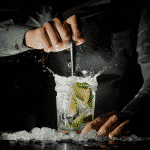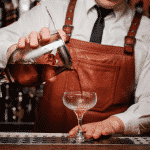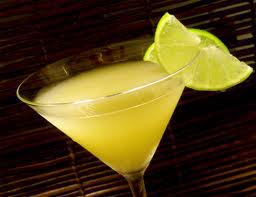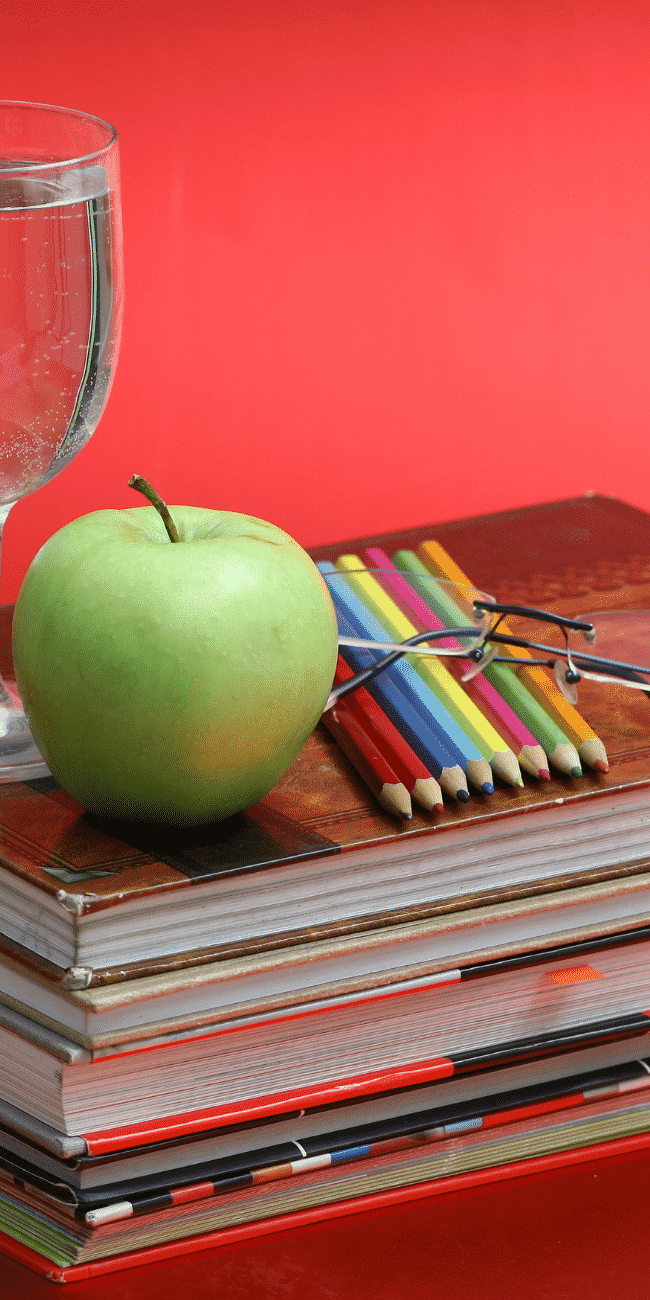At best bet i would say that there is only a handful of real bartenders left in the world. Now what I mean by that is a bartender who understands the concepts that are involved in making a simple drink well. It’s an art form and is forgotten by many early on. One of those skills is making the perfect Daiquiri.
I read an article today by one of the chief drinks writers at Esquire magazine, in which the guy in question as taken to having the recipe to a simple Daiquiri printed on the back to give to bartenders to get it the way he wants. All because he believes, as I do, that simple is better. so next time you are in a bar and ask for a Daiquiri and the bartender replies by asking whether or not you want that frozen or not and how much raspberry do you want in it, you have my permission to look them straight in the eye insult their mother and walk away before it becomes too much for you.
Remember young bartender…
Simple is better. Learn this unwritten rule right now and it will help you ten-fold when you progress.
First, we will have a look at the origin of the Daiquiri because it would be rude not to respect it.
Please note that many people have laid claim to inventing the Daiquiri from Cuban barmen to American miners, but as always it’s the ingredients that deserve the praise. Rum and Citrus as had a long-standing pairing since well before pesky settlers inhabited the foreign lands.
Cuba has a very complex past. Most of us only know of it as a Cold War foe of the United States, a very foreign country only a hundred miles away. It has been that way since Castro took power in the late 1950s. First discovered by Christopher Columbus and claimed for Spain, this small island has been coveted by other countries for its entire history. It has a temperate climate, making it great for growing crops, and a location that was excellent for a stopping point after several months at sea. Spain was the primary owner of the island through most of its history, but it was not without a fight. The rich land attracted pirates and privateers from Britain and France to steal what treasures they could from Spanish ships. Once Spain allowed some flexibility in the colony’s trade, the floodgates opened and money came pouring into the coffers. They were filled primarily by two different crops; tobacco and sugar. Tobacco was very easy to process. Sugar was not. There was a complex system used to create sugar crystals, and the leftover molasses was a sticky mess to discard. This sets the backdrop for the creation of one of the finest cocktails in modern history: the Daiquiri.
During the turbulent struggle for naval supremacy, Spain and England traded blows around the edges of South America, the Caribbean, and anywhere there was water and unclaimed territory. Both sides used whatever means possible, including pirates and privateers, to gain an advantage in the resource-rich Americas. The British were struggling to expand their foothold in the Americas; Spain was struggling to maintain the land they had, and the resources it was providing the ailing empire. The British were also struggling to stay sober on the seas. The sailors were provided a gallon of beer a day through a law passed in the 17th century. Due to the massive amount of beer they had to supply to a military force 4,500 miles away, a pint of rum was considered a fair substitute. It was easier to get, but far more potent. It was not until 1740 that someone was able to sober up the navy. Admiral Edward “Old Grog” Vernon ordered that the rum ration be mixed with water and citrus juice (usually limes) to dilute the potent spirit. This gave the English the edge of fighting a little more sober, and healthier. It also is one of the earliest known instances of the combination of lime juice, water, and rum, the base of what would become a Daiquiri.
Spain survived the encounters with Britain and held on to many of its American acquisitions for over a century, including Cuba, Puerto Rico, and other islands a little too close to home for us. It did not sit well with a United States eager to enforce the Monroe Doctrine, asking European powers to kindly stay on their own side of the world. The biggest of the conflicts caused by this was the Spanish-American War, and Cuba had a starring role to play. They were seeking independence from Spain, and Colonel Theodore Roosevelt advocated helping them achieve it. The U.S. landed troops on a beach named Daiquiri, just a short distance away from an iron mine in Santiago. This “splendid little war” allowed the United States to occupy Cuba and do what Spain had done for centuries before; profit from the vast resources of the island.
One of the people making a healthy profit was Jennings Cox. He was one of the first iron miners on the island once it was safe, and generally credited with creating the original Daiquiri. The story goes that while he was entertaining guests one night, he ran out of the gin everyone was enjoying. He went out and purchased the easiest liquor he could find, which was rum. Adding lemons, sugar, mineral water, and ice to the rum, he turned it into a punch for his guests. They loved it, and wanted to know what the name of it was. He did not have a name for it; it should have been called a rum sour according to the conventions of the day. Cox did not feel that was good enough for such a fine drink, so he named it for the nearby beach and called it Daiquiri.
So Daiquiri was a mistake I can hear you shouting. No not a mistake, the drink already existed it’s just this fat cat stumbled upon it by mistake. Nevertheless, we can credit Mr Jennings Cox for bringing it to the rich palate.
The Recipe – Taken from Difford’s Guide (the best i have ever tasted)
75 ml of a good quality white rum.
22 ml of freshly squeezed lime juice – see tip below
15 ml Sugar syrup
15 ml chilled water (omit if wet ice)
2 slice of lime peel
The bitterness of the lime zests are the key in this drink. so peel the lime before squeezing to get your juice then take from the whole peel two slices of the lime zest and add it to a Boston glass with all the ingredients and shake. Fine strain into a chilled martini glass. and there you are, the best, the boldest and the more importantly the simplest.
Read, Drink and Be Inspired













